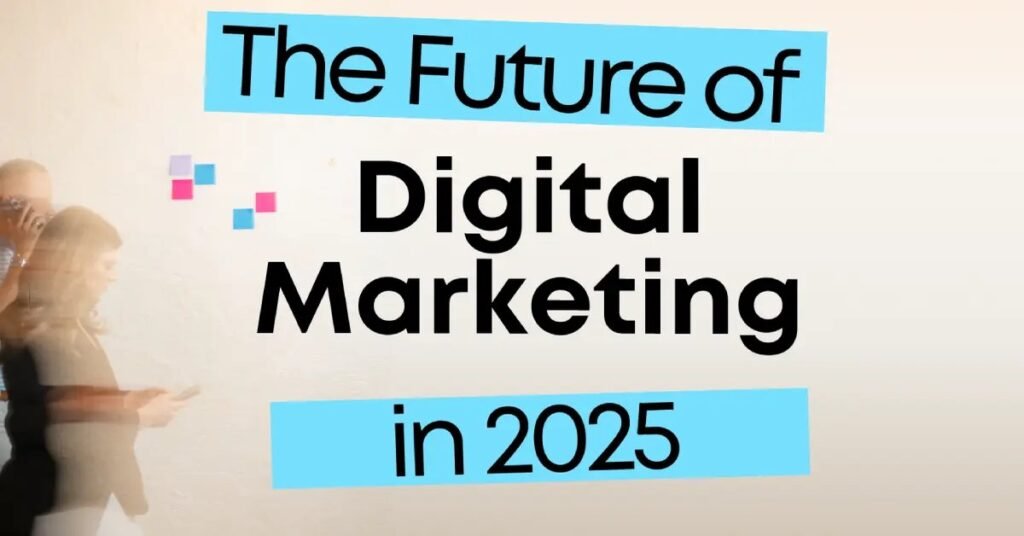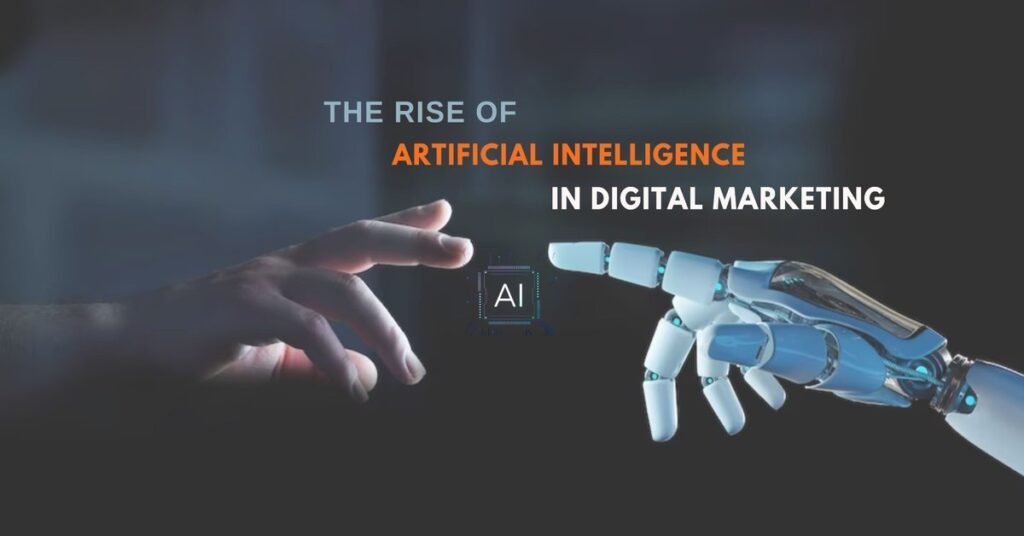
1. Artificial Intelligence and Machine Learning Integration
AI and machine learning have already made a significant impact on digital marketing, and by 2025, these technologies will become even more integrated into everyday marketing strategies. Predictive analytics, automated content creation, personalized recommendations, and AI-driven customer service will be common tools for marketers.
Why It Works: AI helps brands automate tasks, analyze vast amounts of data, and deliver hyper-personalized experiences that drive engagement and conversions.
What to Do: Invest in AI-powered tools like chatbots, recommendation engines, and analytics platforms to enhance your marketing efforts.
2. Voice Search Optimization
With the increasing use of smart speakers and voice assistants, voice search optimization will become essential for marketers. By 2025, more people will rely on voice searches for shopping, local searches, and general information.
Why It Works: Voice searches tend to be more conversational and localized, making them a key opportunity for businesses to reach customers.
What to Do: Optimize your content for voice search by focusing on natural language and local SEO tactics.
3. Video Marketing: Short-Form and Live Streaming
Video continues to be a powerful medium, and by 2025, short-form videos (like TikToks, Instagram Reels, and YouTube Shorts) and live streaming will become even more integral to digital marketing campaigns.
Why It Works: Consumers prefer consuming short, engaging, and interactive content. Live streaming provides a real-time connection with audiences, allowing for deeper engagement.
What to Do: Invest in video production for both short-form and live content. Utilize live events, behind-the-scenes footage, and product demonstrations to engage your audience.
4. Augmented Reality (AR) and Virtual Reality (VR)
By 2025, AR and VR will likely be commonplace in digital marketing strategies. These technologies will offer immersive experiences for consumers, from virtual try-ons in eCommerce to fully immersive virtual showrooms.
Why It Works: AR and VR provide a more engaging and interactive way for consumers to interact with products and services, improving decision-making and brand loyalty.
What to Do: Explore AR and VR for your eCommerce store or product demos to enhance customer experiences and drive conversions.

5. Privacy and Data Protection: Transparency is Key
With growing concerns over data privacy, marketers will need to focus on transparency and ethical data collection. The emphasis will be on obtaining explicit consent and maintaining customer trust.
Why It Works: Consumers are becoming more aware of how their data is used, and companies that prioritize data privacy will build stronger, more loyal relationships with their customers.
What to Do: Stay compliant with privacy regulations like GDPR and CCPA. Communicate clearly with customers about how their data is collected and used.
6. Influencer Marketing: From Micro to Nano
Influencer marketing is expected to continue its rise, but the trend is shifting from macro-influencers with millions of followers to micro- and nano-influencers with smaller, more engaged audiences.
Why It Works: Smaller influencers tend to have a more loyal and engaged following, which can lead to higher conversion rates and a stronger connection with niche audiences.
What to Do: Partner with micro and nano influencers to tap into specific, engaged communities that align with your brand’s values.

7. Omnichannel Marketing: Seamless Experience Across Platforms
As consumers interact with brands across multiple touchpoints, omnichannel marketing will be a priority. Marketers will need to ensure a seamless experience whether customers are shopping online, browsing social media, or engaging through email.
Why It Works: A consistent and seamless experience across all platforms helps build brand trust and increases the likelihood of conversion.
What to Do: Ensure that your messaging, branding, and customer service are consistent across all channels—websites, social media, email, and in-store.
8. Social Commerce: The Integration of Shopping and Social Media
By 2025, social media platforms will continue to integrate eCommerce features, allowing users to shop directly from their feeds. Social commerce is expected to grow rapidly as consumers increasingly look to make purchases via social platforms.
Why It Works: Social media is a key space where consumers discover and research products, and integrating shopping features will simplify the purchase process.
What to Do: Set up shoppable posts and storefronts on platforms like Instagram, Facebook, and Pinterest to enable easy transactions directly from social media.
Conclusion
The future of digital marketing in 2025 presents exciting opportunities, but it also requires marketers to adapt to new technologies and strategies. By leveraging AI, optimizing for voice search, embracing video marketing, and ensuring a seamless omnichannel experience, businesses can stay ahead of the competition and deliver exceptional customer experiences.


This is a well-structured and insightful blog that highlights key digital marketing trends for 2025. The content is clear, actionable, and covers emerging technologies like AI, voice search, and AR/VR effectively. To enhance engagement, consider adding real-world examples or statistics to support predictions. Great job! 🚀